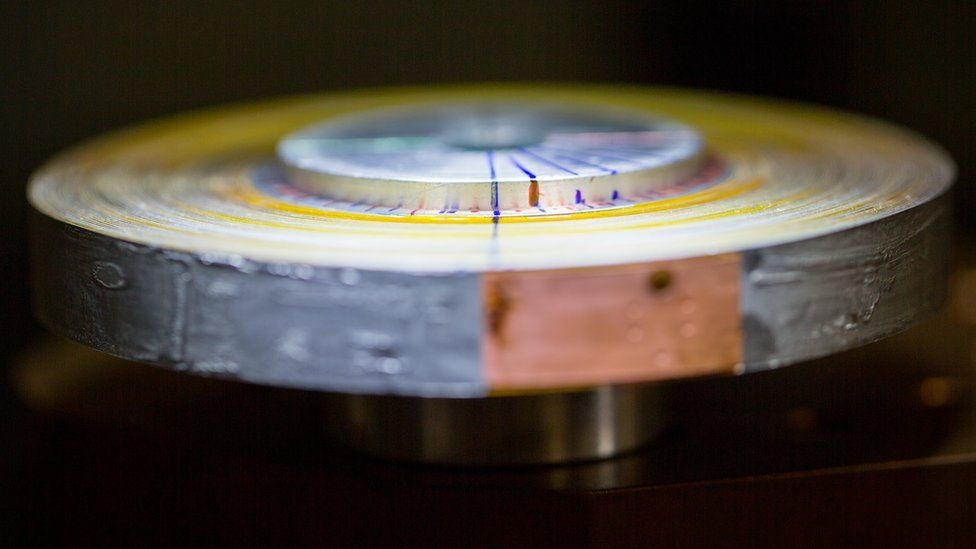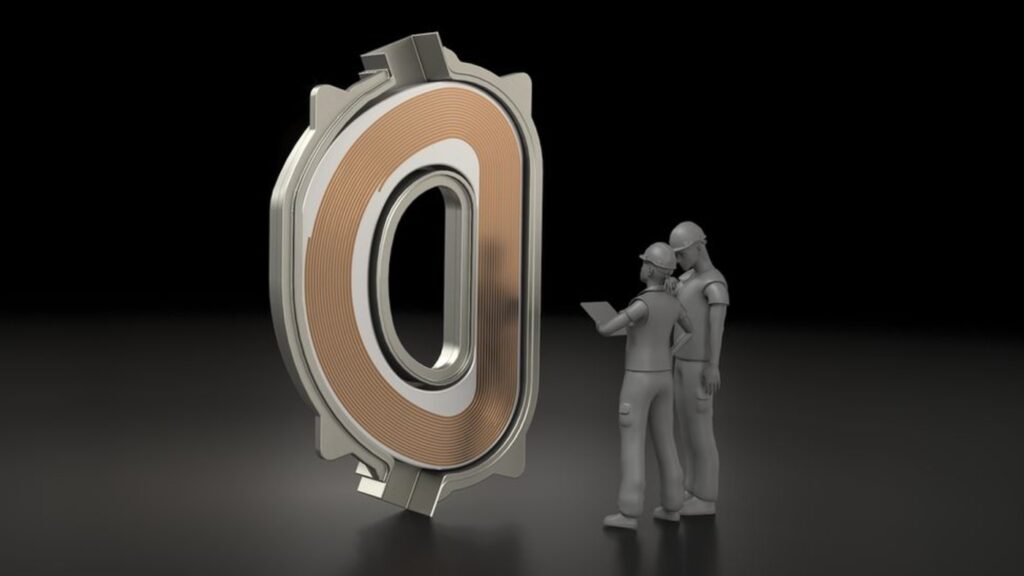
This does not add much to the conversation. except to observe that a multi front approach has the benefit of generating multiple new tech.
Of course, they are on the verge of nothing so far.
Anyone following my blog knows that we can build an athmospheric pressure stack in every urban center on Earth to provide gigawatts of grid power. Zero waste and minimal enviro problems. In short, the whole global grid energy origination problem is a solved problem. Because it is also local, grid loss is minor as well.
We need fusion tech for Space, but never here. By the by this is all Newtonian Physics as well
Amazing Tech Developed by Private Firms Are on the Verge of Creating Nuclear Fusion Reactors to Power Humanity
By Andy Corbley
-May 13, 2021
While industries are harnessing solar, hydro, and geothermal power to solve the world’s energy problems, it’s been thought by many for sometime that the eventual source of unlimited clean energy will be nuclear fusion.
Fusion reactors replicate the power and process of the sun down here on Earth by creating plasma, the fourth material state, inside a controlled device that harnesses the heat given off as energy to be turned into electricity.
Now a pair of private firms, one near MIT, and another in England, are developing something that could be described as a “portable” fusion reactor, by utilizing super rare minerals and some of the most powerful magnets ever made.
“It’s every engineer’s dream really, to have a project that’s technically challenging, which requires you to develop new technology and solutions to hard problems, but that are also simultaneously important for the world to have,” Dr. Greg Brittles at Tokamak Energy, the UK firm developing a new fusion reactor, told the BBC. If only the firms can solve a laundry list of some of the most complex technological problems imaginable, coal and oil could stay in the ground, there’d be no need to risk another Fukushima, the enormous inefficiencies with renewable energies could all be forgotten, and all those engineers and technologists could lend their talents to other areas of the economy.
The squeeze
Unlike other physics equations, the fusion reactor theory is actually quite simple to explain. Hydrogen atoms go into the reactor, immense pressure causes them to fuse and become helium. Some of this hydrogen mass is converted into heat, which can be used to generate electricity. Simple.
The difficulty comes with the process. In order to make fusion occur on Earth, scientists like Brittle must heat hydrogen isotopes to degrees in the hundreds of millions, at which point they break apart and form a plasma.
The sun has its gravitational field to contain the plasma within it. Lacking an object 330,000 times the mass of the Earth, Tokamak Energy and other firms are planning to keep the plasma controlled with super powerful magnets.
For five years Brittles has helped develop a series of power magnets wrapped with layers of superconducting tape, to be arranged in a spherical or apple-shaped fusion chamber called a tokamak.Herein lies the problem: how can you build a device that can heat and contain matter to such extremes which doesn’t just use more energy than it generates?
As the magnetic forces interact with one another, the pressure in the chamber builds to an incredible level—about two times more intense than at the deepest point in the ocean. The superconducting tape draws huge amounts of energy from from tokamak, allowing the reactor to produce more than it consumes.

Tokamak Energy
“It will be an assembly of many, many coils generating forces that are all interacting and pulling on one another forming a balanced set. This has to be controlled or the forces could become imbalanced,” he explains to the BBC.
A race to the top
More of this Tony Stark-like tech, this time from America’s Commonwealth Fusion Systems (CFS) is also gunning to solve the inefficiency problem. Forming a D-shape large enough for a human to stand in, powerful magnets are wrapped with 300 kilograms (660 pounds) of superconducting tape made from a barium copper oxide.
This tape has taken decades to develop, and when cooled to 253 °C, which used to take a refrigerator the size of a house, it conducts nearly all of the 40,000 amps passing through the tokamak at any one time.
18 of CFS’s magnets are to be arranged in this doughnut shape, similar to a particle accelerator, and their research and development team boasts that their reactor will be able to turn a glass of water into the electricity usage of one human for their entire lifetime.
 CFS
CFSGovernment funding has gone into fusion reactors before, tens of billions of dollars in fact, but so far this haven’t solved the fundamental problems. For example the international nuclear fusion research project ITER, which GNN has reported on and which is funded by dozens of countries, is years behind schedule.
The leviathan of metal and magnets being constructed in France by all these nations may one day be able to produce fusion, but it will be in a facility that requires many employees, with components that require gobs more rare Earth minerals, and it will be completely immobile—not to mention that humanity perhaps would require more than one such reactor.
This kind of private innovation, this “race” as Kingham calls it, done with limited resources, produces the most innovative technologies. There’s no reason to make a reactor that weighs and costs as much as a cruise ship if you can make it the size of a phone box.
No comments:
Post a Comment